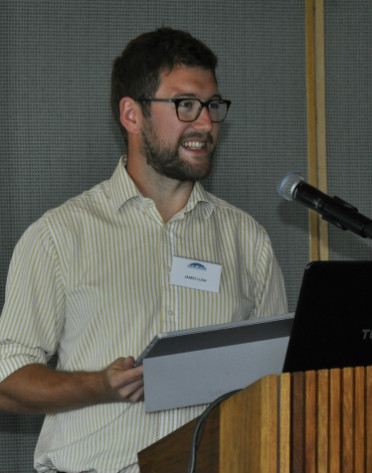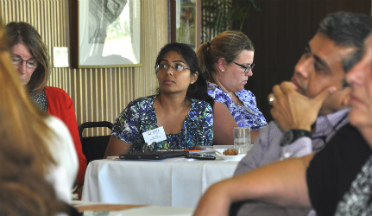

The Science in Australia Gender Equity (SAGE) initiative is to receive new funding as part of a $13 million package targeting women in science under the Australian Government’s National Innovation and Science Agenda. SAGE is a partnership between the Australian Academy of Science and the Australian Academy of Technology and Engineering.
SAGE, which is modelled on the successful United Kingdom Athena SWAN Charter, is currently at the pilot stage in more than half of Australian universities, along with a number of other research institutions including CSIRO. The extra funding will assist with the expansion of the program beyond the pilot and increase the reach of participation to more Australian research institutes.
Academy of Science Fellow Professor Nalini Joshi FAA co-chairs the SAGE Steering Committee alongside Dr Susan Pond AM FTSE, Vice-President of the Academy of Technology and Engineering.
Professor Joshi said ‘This government support will enable us to grow the diverse, talented research sector that Australia needs to create, shape and maintain the innovative society we want in the future.’
The SAGE pilot is well under way, with a series of workshops presented in six cities around the country in February focused on data collection and analysis requirements for the award application, as well as highlighting examples of best practice from the UK. Around 90 per cent of the UK’s higher education sector is engaged with the Athena SWAN Charter.
Athena SWAN adviser James Lush visited Australia during January and February and assisted SAGE Project Manager Dr Zuleyka Zevallos to deliver the workshops.
For more information about SAGE or to follow the progress of the pilot, visit the SAGE website and sign up to the SAGE newsletter.
This government support will enable us to grow the diverse, talented research sector that Australia needs to create, shape and maintain the innovative society we want in the future.
© 2025 Australian Academy of Science